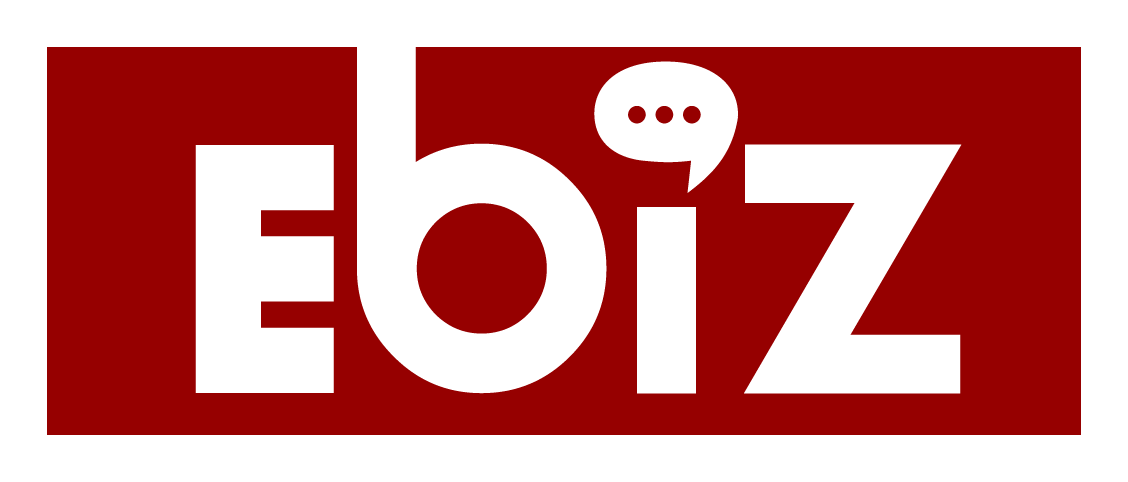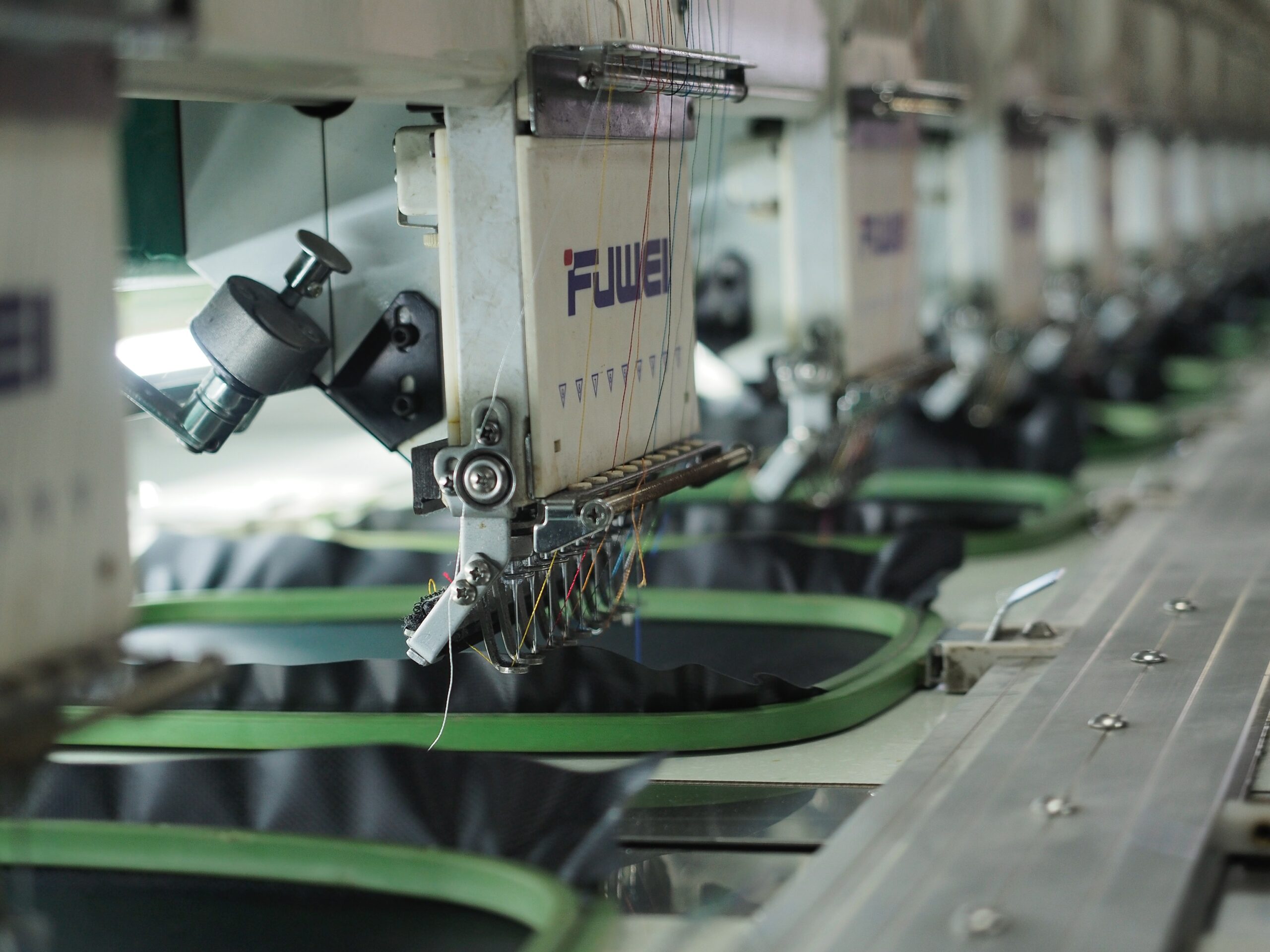An often underrated, misunderstood, and underutilized role of the entrepreneur is the factory visit. Seen by some as a waste of time, the site visit has become a low priority or something only to be done in dire situations. In reality, a site visit is an essential tool for assessing your partner.
Given the turbulent nature of international manufacturing, savvy marketers, and misrepresentation, factory visit is the primary tool for seeing the reality of a supplier’s operation.
Websites, information requests, and email correspondence are all subject to bias and economies of truth. And this is because they’re part of the suppliers’ sales pitch as much as anything.
Linking factory to consumers
The supplier often doesn’t see the bigger picture but are generally accustomed to the production process. Things that we take for granted can be overlooked by a supplier who’s disconnected from the consumer opinion. There’s an old expression that to a hammer, everything looks like a nail.
Over time, I’ve seen that many suppliers are too close to their goods. This makes them see their job in terms of process flow, raw materials, and expenses. In the end they see some buyers (mostly buyers from United States) as overly meticulous. When you have thousands or millions of products moving through your operation daily or weekly, it’s easy to overlook the perspective of the person who will only see one. As an entrepreneur who needs their goods, you will see more than them even when it is their factory. Factory visits will let you see more and call their attention to what you see.
The go-between
That experience of the person who will see one is one of the things we bring to the table when we engage in a factory visit. That is, we see like the end-user. While small creases, blemishes, pits, tears, and smudges might not be the end of the world to them, it should be to you because it will be to your customer.
Ergonomics and finishing determine the appropriate level of market-selling. This is true as seen in the example of these cast iron appliances from a factory in China. And this is something the supplier may not understand but you as the savvy entrepreneur do. They don’t know your market or how you’re positioning. It’s really up to you to see where the rough edges are. This makes you have the discussions that ensure the product delivered is suitable for your target customers and market segment.
A Recent Visit
On a recent factory site visit for a high-end beauty product, I noticed the packaging process was creating a failure rate and wanted to see their process. Upon viewing, certain packaging sizing issues and hasty assembly was causing the issue I had encountered with my samples. I got this from sitting and watching their assembly line workers for 10 minutes to uncover a couple of things:
There are quotas but how much are they rushing to process the units?
Are the workers taking a second to check their work?
- Are they talking to each other?
- Can the process be changed for the better?
- Do they look happy enough in their role?
Inspection
I noticed from inspection of the finalized goods on the pallets, a number of the products were bent or imperfect. When going through the products, the sales representative didn’t understand why I was being so meticulous about the issue of folded corners and small tears. I explained that our market segment was top-tier and customers in western countries wouldn’t accept the products as being ok.
A larger conversation was later had with the owner and I learned that much of the process would be automated within the next 6 weeks and human error would be reduced. I was happy to hear about the assembly line automation and I now keep that information in mind when I continue to track my failure rate. This led to another step in the process where workers would feel each package to detect failure while bundling products.
Quality Assurance
The Quality Assurance (QA) process is so important because all of these things play out and have an impact on the result. The quality of your product either sets you up for hassle-free operations later. It also means you’ll be answering requests, sending refunds, replacing damaged products, and losing customers downstream. The negative outcome here must be avoided because it’s multi-faceted and costs time, money, and perception of your brand. Remember that there is a multiplying effect of positives and negatives as things move downstream.
Timing of the visit
In terms of the flow of the operation, the timing of your visit is an important factor as well. Of course, it’d be useful to stop every two weeks to check on progress but that’s not often possible. You must select the time frame depending on which stage of the process you find most difficult or likely to create problems for your company.
For some suppliers, it’s important to visit earlier in the process because they’re making significant changes to design for you. And you need to make sure it will get off the ground the right way. For other suppliers, you may be rebranding an existing product they make so the time to visit should be focused on the packaging and shipping phase. It’s up to you to determine the right window of time to peek through.
Macro View of Factory
Ensure you undertake site visit when investing a significant amount of your time and money developing an OEM or private label product. This is important for the contextual information you can get about the supplier. Learn more about the regional producers and other factories in the area by spending some time with the supplier. Taking site a tour, having lunch, and driving from the airport, are ways to spend some time with your supplier.
In the site visit in the video, I learned that segments of the most famous cast iron makers operate in the same region of China that I recently visited. These other brands spend a fair amount of time broadcasting that they’re made in their “home” countries. But learning that they’re outsourcing provides some useful insight that isn’t obvious from their branding. This was eye-opening and it allowed me to get some more information about competitors and the market.
Assessment of facilities, organization, worker attitude/conditions, state of machinery, operations flow, and state of their inventory give you valuable information. it makes you guess what to expect of the relationship and make factory visit essential. It gives you ideas about the true size of their operation, age of the company, and how healthy they are. They may be sitting on a large amount of aging and disorganized inventory. And this means they’re not running a healthy operation with consistent customer demand and product moving through the system.
Conclusion
All of this information comes in handy when it comes to negotiating price and determining if, when, and how you can ask for other things. Other things you can ask for include ramp-ups in production, changes in design, use of different materials, or special packaging and shipping. Each piece of information gives you a lever that you can decide when to pull.
Site visits can show you the size of the operation in terms of the number of products they create. Do they have any kind of research and development or design departments? Is their product family diverse or are they invested in a small handful of designs? Are they subcontracting some of their operations out to other suppliers or is everything in-house? These are important questions because they’re additional variables that must be controlled and are subject to failure.
For me, one of the biggest things I look for is the feeling of the supplier’s longevity. Is the company healthy or moving in the right direction? Does it feel like the owners, managers, and employees care about the operation? If the owner feels like a venture capitalist playing a hand of cards and is likely to walk away or cash out. You might consider seeing who else makes your products.
Red Flags
If the company isn’t working on building, growing, or improving, you might also want to walk away. It’s ok to get in on the ground floor when things are a little less secure. I’ve done this with a supplier and been repaid with exclusive contract terms. It is important to feel like the people are moving toward something and are motivated to do so. The goal is to move toward a long term and healthy partnership and so picking the right partner is important. There is no way you can truly know what you’ve chosen, whether good or bad, without a factory visit.
So much of what we do as eCommerce entrepreneurs are to create value through experience. Everything from the website to marketing, packaging, product, and customer service is about delivering on a promise of positive experience. If you don’t have a positive experience in a factory visit of a potential supplier, it might mean that you will not get the best products from them as well.
People buy things that make them feel a certain way. And we work hard to make sure the seams match and things do what they’re supposed to do. We’re only as strong as the weakest link in our chain and we can’t permit our supplier to be that weakest link. To assess the alignment of an organization to yours and grow as partners, familiarize yourself with the true conditions of your supplier’s operation.
Site visits give us opportunities to drive valuable investment and avoid problems. But they begin the process of building a favorable and symbiotic relationship that pays huge dividends for us over time and it is part of your brand-building efforts.





